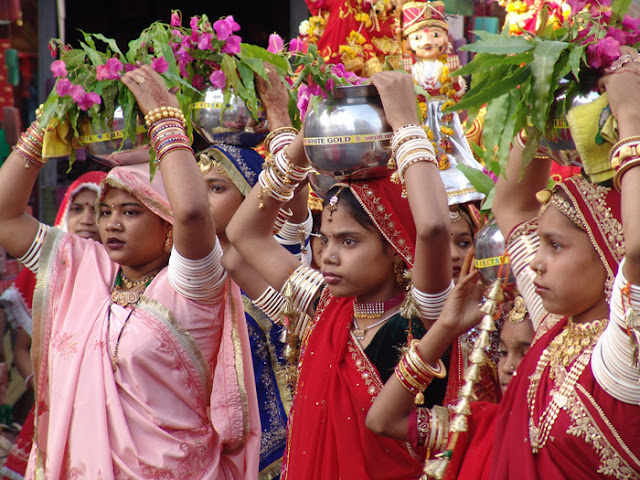Vautha Fair is the largest animal fair held in Gujarat. Held on the grounds of Sangam Tirtha, it is considered very auspicious and important by many communities.
This Festival Famous in Gujarat. For some people this fair is even more important than Diwali. Sangam is considered as holy as the seven holy river waters mixed here: the Vatrak merges with the Meshwo, Hathmati, Shedhi, Majum and Khari before it then meets the Sabarmati, so the locals call it Saptasangam.
According to the Hindu mythology, Kartikeya the son of Lord Shiva visited this place on the full moon night of Kartik (Kartik Purnima). Kartikeya was on a trip covering the entire earth. It was on Kartik Purnima that he stopped at this culmination of rivers and performed some austerities. Also the city of Dholka in the Ahmedabad district is considered to be the‘Virata Nagar’ of the Mahabharata where the Pandavas spent the last year of their exile in disguise.
Thousands of people and visitors visit Sangam during the month of kartik and especially during the Vautha Fair. The most important religious act performed by numerous devotees coming here is the purifying bath on the Sangam tirtha which is supposed to be reliever of all past sins. This festival celebrate in Men's and women's wear in white and yellow color clothes.






















